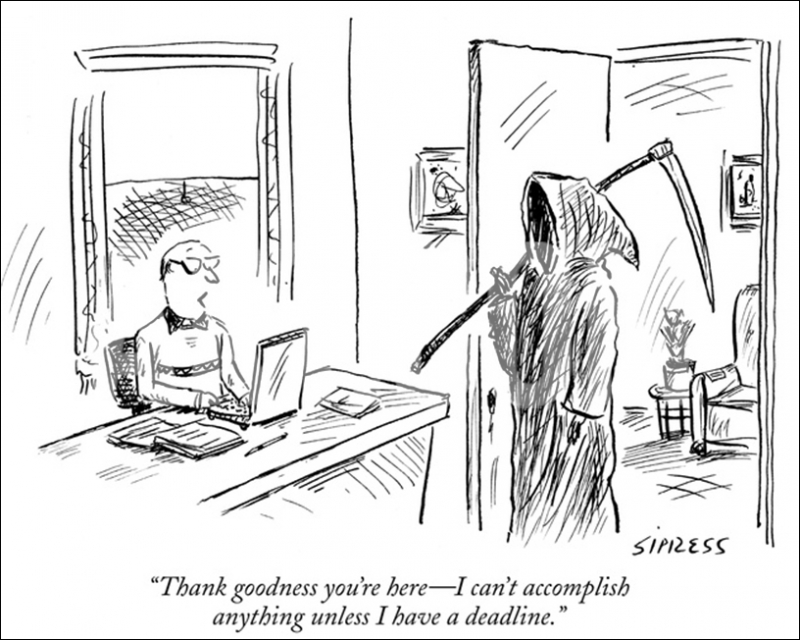Online tools like Microsoft's How-Old.net and TwinsOrNot.net have demonstrated just how far artificial intelligence and machine learning have come in recent months. Despite the advancements, researchers haven't made much headway as it relates to AI and humor.
As MIT Technology Review correctly notes, humor is a uniquely personal trait. What's funny to one person may not be to the next. The same can be said about timing; something you find funny right now may not seem as humorous a few hours later.
Some psychologists and linguists have suggested that good jokes all share common traits and that a proper analysis of them should reveal what makes a joke funny. How to identify and analyze these traits, however, hasn't been easy.
In collaboration with Yahoo Labs, Columbia University and the New Yorker magazine, Dragomir Radev from the University of Michigan in Ann Arbor has been working on this very topic by studying captions associated with cartoons.

For those unfamiliar, the New Yorker publishes an uncaptioned cartoon each week and asks readers to fill in their own caption and submit them back to the publication. Editors then select their three favorite submissions and have readers vote on which they like best.
As you can imagine, the publication has amassed a huge database of user-submitted cartoons. The research team selected 300,000 submissions from 50 different cartoons since 2005 and used that as the basis for their study.
With the samples, the team analyzed the captions using several standard linguistic techniques such as positive or negative sentiment, whether or not the captions referred to people and so on. They also listed the topics of each caption then created a network that linked captions that dealt with the same topics. This allowed them to use standard network analysis tools to find various metrics such as the most important node in a network.
The team then used Amazon's Mechanical Turk system, asking seven turks to select the funnier of two captions or to deem two captions equal.
By comparing the human responses with the data from the analysis, the team was able to gather some insight into what makes a caption funny. In this instance, negative sentiment, human-centeredness and lexical centrality were consistently associated with the funnier captions.